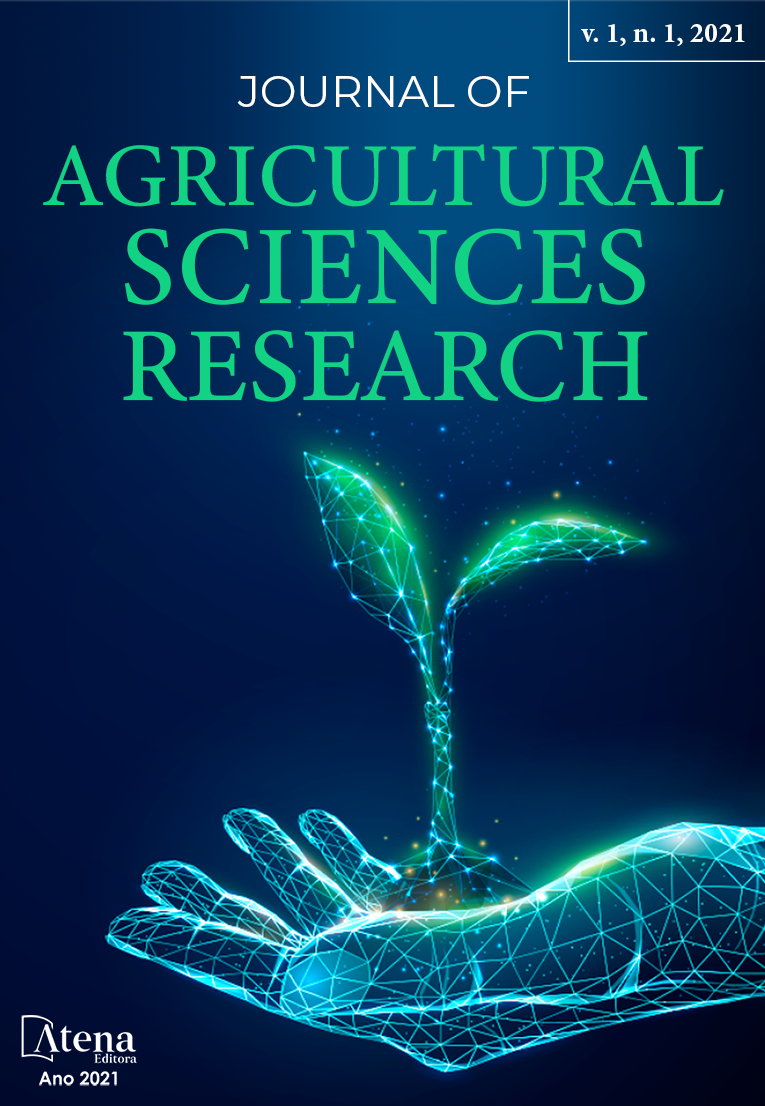
MORPHO-AGRONOMIC, CYTOGENETIC AND MOLECULAR CHARACTERIZATION OF SYNTHETIC WHEAT ACCESSIONS AS A POTENTIAL GERMPLASM FOR PLANT BREEDING
Synthetic hexaploid wheat (AABBDD) is produced by using the tetraploid Triticum turgidum var. durum (AABB) and the diploid Aegilops tauschii (DD) as parents. This cross has allowed genetic variability to be transferred from parental to other wheat hexaploid accessions, lines or cultivars. This transference may occur not only of variable disease resistance genes but also traits involving quality and tolerance to abiotic stresses. We evaluated and characterized the genetic diversity and stability of synthetic wheat accessions that can be used in breeding programs due to the presence of desirable characteristics. Fifty synthetic accessions were investigated regarding their morphological and agronomic characteristics, presence of micronuclei in tetrads and genetic similarity based on molecular markers. Four commercial cultivars were used as controls. Depending on their proposed use, some genotypes were characterised as suitable for breeding programs based on their morphological traits, genetic stability or genetic diversity, or because of a combination of these factors.
MORPHO-AGRONOMIC, CYTOGENETIC AND MOLECULAR CHARACTERIZATION OF SYNTHETIC WHEAT ACCESSIONS AS A POTENTIAL GERMPLASM FOR PLANT BREEDING
-
DOI: 10.22533/at.ed.9732111109
-
Palavras-chave: meiotic index; microsatellite; genetic diversity; morphology; genetic stability.
-
Keywords: meiotic index; microsatellite; genetic diversity; morphology; genetic stability.
-
Abstract:
Synthetic hexaploid wheat (AABBDD) is produced by using the tetraploid Triticum turgidum var. durum (AABB) and the diploid Aegilops tauschii (DD) as parents. This cross has allowed genetic variability to be transferred from parental to other wheat hexaploid accessions, lines or cultivars. This transference may occur not only of variable disease resistance genes but also traits involving quality and tolerance to abiotic stresses. We evaluated and characterized the genetic diversity and stability of synthetic wheat accessions that can be used in breeding programs due to the presence of desirable characteristics. Fifty synthetic accessions were investigated regarding their morphological and agronomic characteristics, presence of micronuclei in tetrads and genetic similarity based on molecular markers. Four commercial cultivars were used as controls. Depending on their proposed use, some genotypes were characterised as suitable for breeding programs based on their morphological traits, genetic stability or genetic diversity, or because of a combination of these factors.
-
Número de páginas: 19
- Adeliano Cargnin
- Tammy Aparecida Manabe Kiihl
- Tiago Teixeira
- Alice Casassola
- Cássia Canzi Ceccon
- Sandra Patussi Brammer


